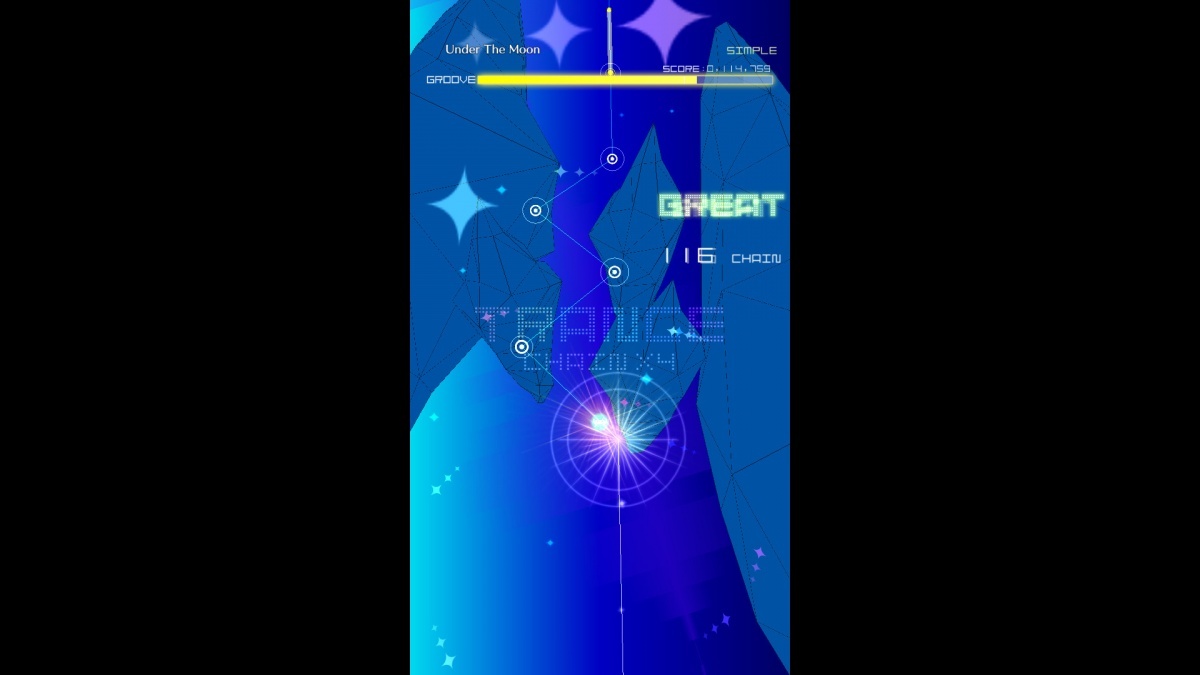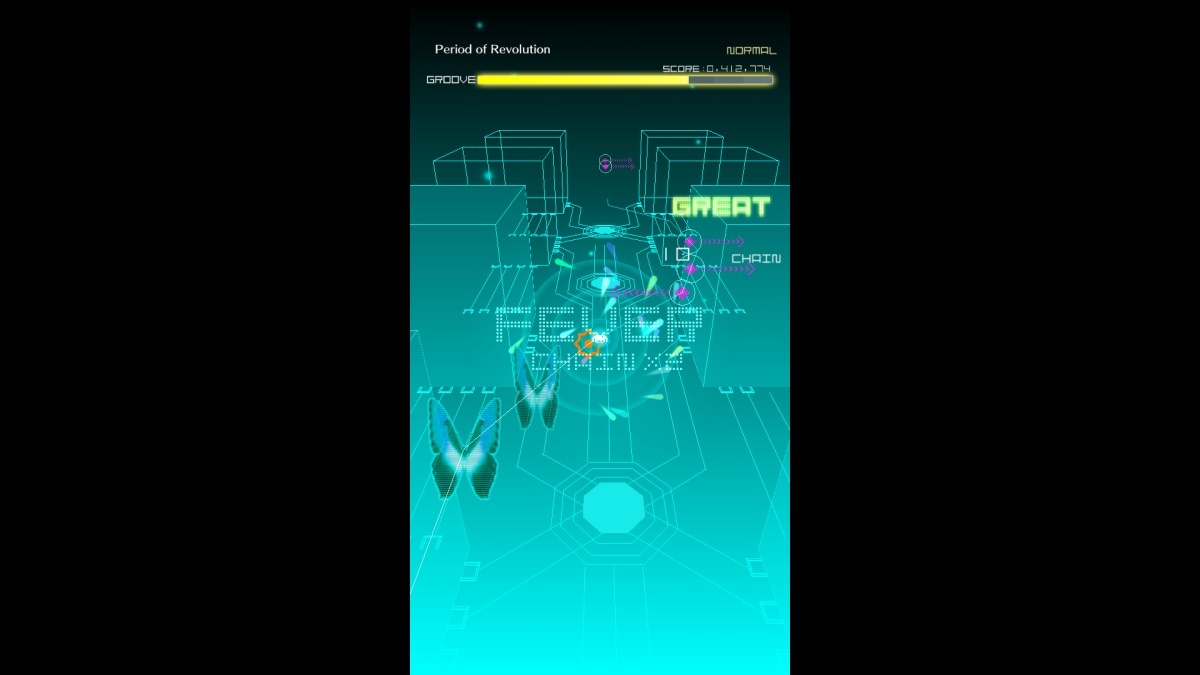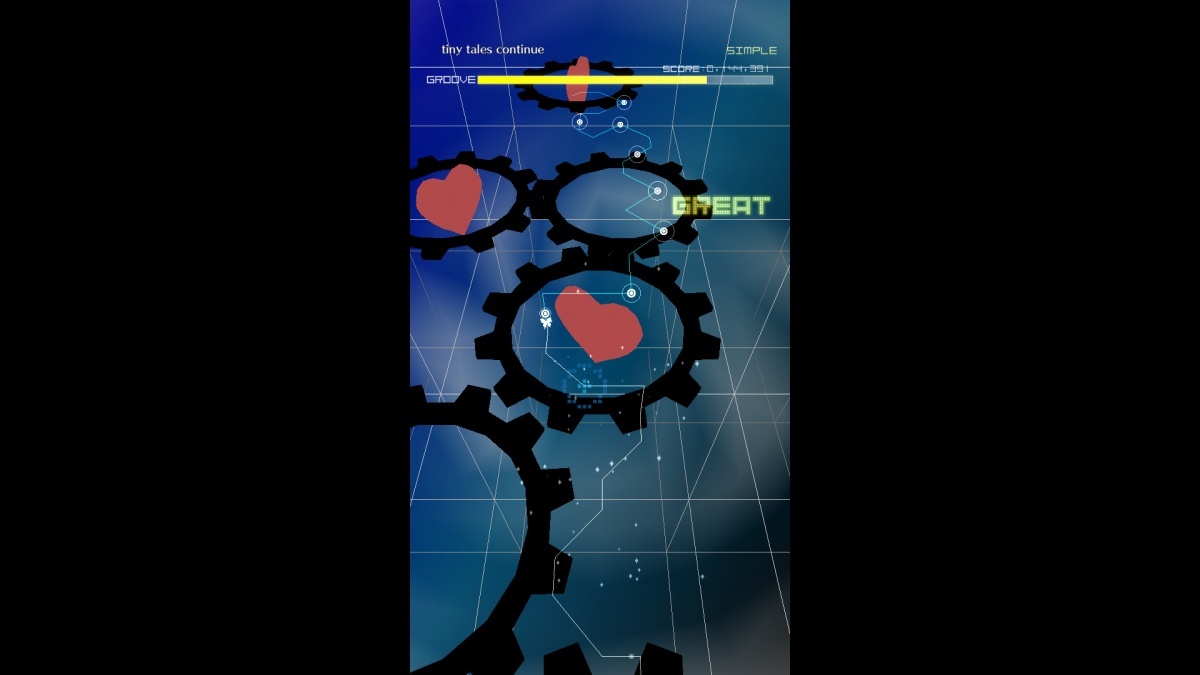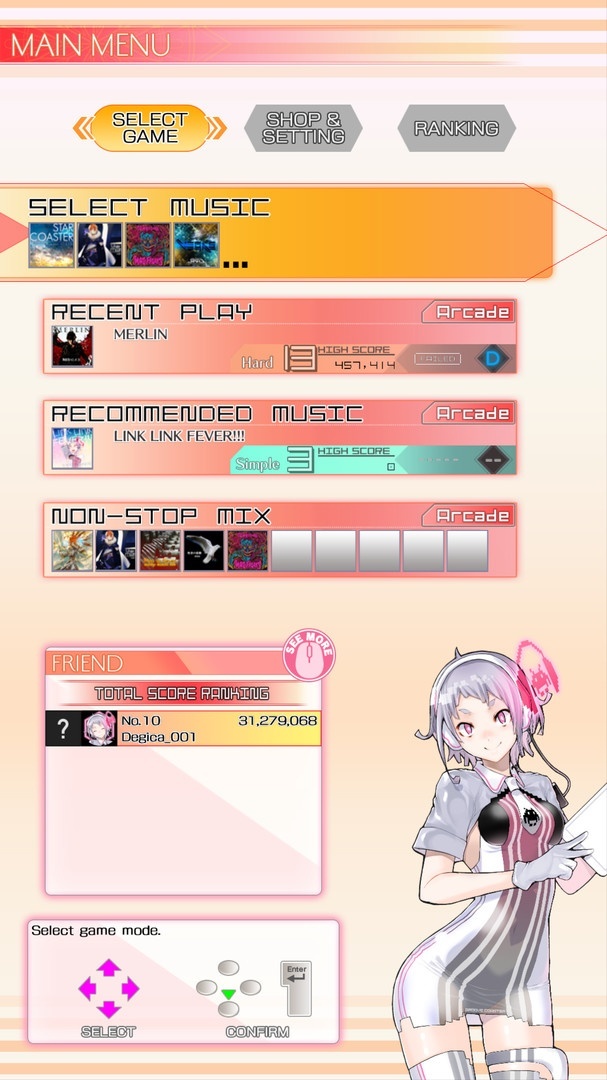Groove Coaster (PC) Review
By Gabriel Jones  14.07.2018
14.07.2018

It's time now to embark on the wildest ride out there. Taito's Groove Coaster, which has already dominated mobile phones and arcades everywhere, has finally arrived on PC. Experience dozens of tracks, all unique in both sounds and visuals. Master the responsive controls, challenge multiple difficulty settings, and then conquer the online leaderboards. If a trial by fire sounds like too much to overcome, don't fret, just relax and stick to a pace that feels comfortable. Each track is suited for players of all skill levels. Now then, it's time to strap in and get going.
Over the years, the Groove Coaster series has seen a number of iterations, all of which feature a wealth of changes and enhancements. Despite its title, the Steam edition of Groove Coaster isn't the first game, it's more of a compilation that contains features from various instalments. 32 songs are included, with four more being unlockable through in-game currency. As with the iOS and Android versions, even more songs can be purchased via DLC.
The game is very easy to get into. Each stage takes place on a track that twists and turns to the music, and the player simply has to hit the targets. Timing is everything. While the window for landing a hit is very generous, achieving "GREAT!" hits is essential to getting the score up. As the hits accumulate, they form a chain, which tacks on multiplier bonuses as long as it's maintained. A single miss breaks the chain, and it's all downhill from there. At first, the conditions for landing a hit require little to no effort. All that is needed is to tap or hold a button. Harder difficulties complicate matters immensely, such as sliding arrows that specify what direction to press, targets that appear out of thin air, and so on. Each stage also features hidden targets known as adlibs. There's no penalty for missing them, unless trying for the best possible ranks.

As far as control schemes go, there are a handful of options available. Ideally, the player is going to want something that can adequately cover two sets of directions. In other words, a standard d-pad with four face buttons could work. Anyone seeking an experience more akin to the arcade version's "boosters" might want to try dual analogue sticks. Then, of course, there's the always trusty keyboard. Using the WASD keys and 8456 on the numeric keypad is fine to start out with, although it can be murder on the wrists after some time. For those out there who cut their teeth on the handheld iteration, it might take a little while to adjust, especially on harder stages that require a lot of swipes and other intricate motions.
Players must also decide on whether they want to play on the arcade or casual mode. As the name dictates, arcade mode is designed for the dual control scheme. Numerous targets are changed to require two inputs at once. If really struggling with a stage, it might be a good idea to play on casual mode, as it requires only one input for every target. However, depending on the level of difficulty, the choice of mode sometimes won't make that big of a difference. Besides, it's nice playing with two hands. One can serve as back-up during more intense segments, or to perform specific motions.
As is usually the case with rhythm and music games, the jump between normal and hard is harrowing, to say the least. Each stage is ranked from 1 to 15 in terms of difficulty, and everything past 10 is positively fiendish. The tempo is high, and there's no room for error. Just trying to keep up with the music can get a little exhausting, especially when it feels like the keys are being hammered ten times per second. Although the song selection in this release is plenty varied, there could have been a couple more medium-difficulty tunes. As it stands, anyone unfamiliar with the Groove Coaster series is going to be hitting a brick wall for a while.

The hard stages are also where the choice of controller becomes a major factor. Really, there's no other way to say it, performing diagonal slides on a keyboard is a pain. Also, even though the difference between tapping a touchscreen and pressing a key can only be measured in microseconds, that can mean the difference between hitting or missing a target. Maybe it's just a matter of intense practice and developing a natural technique. On the plus side, the song selection is fantastic, and there isn't a single weak track.
As mentioned earlier, there's an in-game currency known as GC. With the completion of each song, a few points are awarded. GC can be spent on new avatars, the aforementioned songs, or temporary items. The idea is that by using items, the player gets a little assist for the stages that they are really having trouble with. Although, if they can't progress to the next difficulty, then it's clear that they are just not ready, so a boost isn't all that helpful. Furthermore, the items are way too expensive to rely on anyway. There's an item called the super safe, for example, which converts up to twenty missed targets to hits. Think of it as a shield. The catch, however, is that it costs 4,000 GC. That's the equivalent of about three hours of play. To put it into perspective, the unlockable songs cost 3,000 GC apiece. Nobody is ever going to buy a super safe.

Fans of the mobile version are probably going to be disappointed that there's no levelling system. Playing for a long period of time won't result in item-awarding level ups. Aside from titles and achievements, there aren't any unique bonuses for reaching certain milestones. While GC essentially serves the same purpose, the original model feels a little more involved, ensuring that dedicated players always have something to look forward to. Then again, most of the goodies are superfluous, so it all comes down to preference.
A neat feature exclusive to this edition is the Non-Stop Mix mode. It allows players to put together a mix of stages that are played in sequential order. The occasional 10 to 20 minute session is great for loosening up after a long day at work, starting the morning off right, or testing one's skills over the course of multiple songs. Online leaderboards are available for each song. The final score is the sum of every difficulty played, so it's worth making the effort to master them all. There's also a leaderboard that covers the entirety of the player's Groove Coaster career. That means the total score of each stage is added together. It's a nice touch, yet it seems to also incentivise buying DLC, because only gamers with the largest song library have a chance at taking that particular top spot.

Cubed3 Rating
Great - Silver Award

Aside from a few minor grievances, this port of Groove Coaster is more than suitable for fans of rhythm and music games. The included songs are all great and will definitely put up a stiff challenge. As for the user-interface, it's minimalistic and easy to navigate. The support for various control schemes is really appreciated. Given enough time and dedication, players will find a style that works for them. The Non-Stop Mix mode is a really fun addition, as well.
Comments
Comments are currently disabled

 Sign In
Sign In Game Details
Game Details
 Out now
Out now  Out now
Out now  Out now
Out now  Out now
Out now  Subscribe to this topic
Subscribe to this topic Features
Features





 Top
Top

